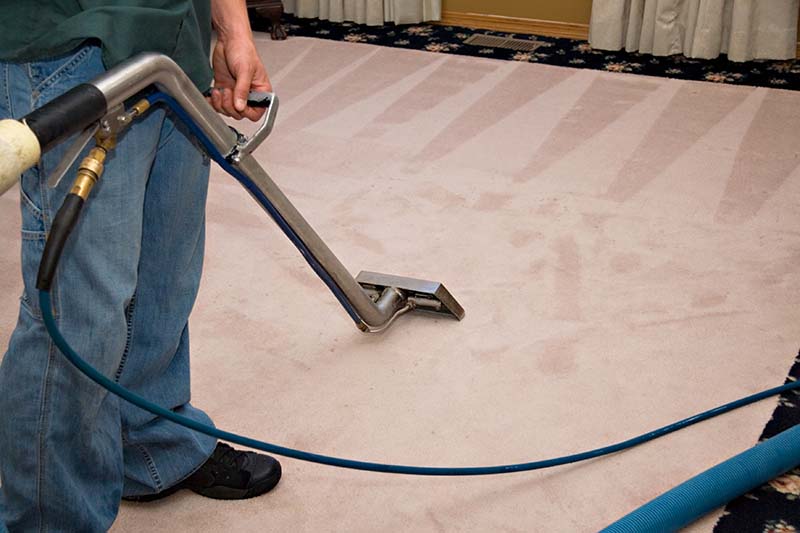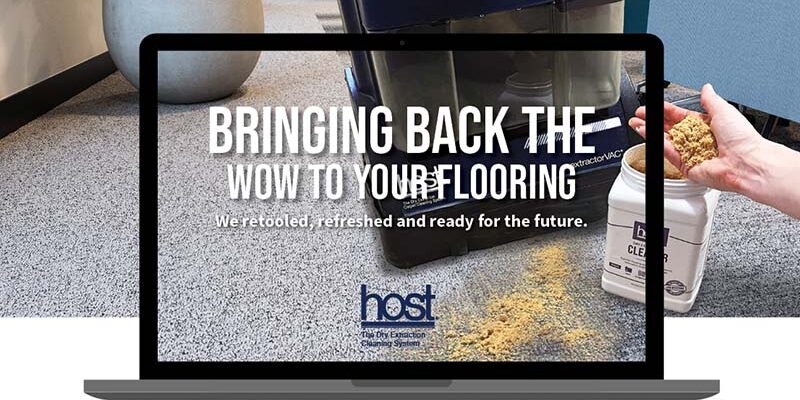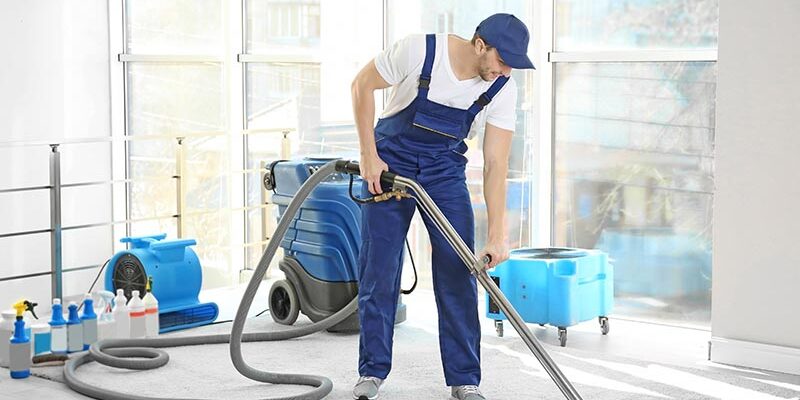The Carpet Fiber Status Quo

By Jim Smith
For many years, an appropriate understanding of carpet cleaning chemistry has centered around pH. If you had an adequate understanding of this topic, you could avoid a lot of problems. What has changed? Nylon was the most popular carpet fiber from 1960 until 2012. Then, nylon lost its title to polyester. For many years, it has even been in third place behind triexta.
Why is pH important for nylon?
In a word, pH* is not as important to polyester and triexta as it is for nylon. The reason is that acids and alkalines represent a form of chemistry known as “˜reactive.’
For example, strong acids can dissolve nylon. It is not that nylon dissolves in anything related to water, but the acid causes the nylon to become a different substance. Then, the “˜new substance’ is water-soluble. On the other hand, strong alkalines destroy nylon’s acid dye blockers and remove its dyes. Polyester, triexta*, and polypropylene do not undergo chemical reactions to the same degree. So, how important are chemical reactions to cleaning?
Chemistry of removing soil
Most of the soil in carpet fiber is not removed with chemical reactions. Instead, it is removed with “˜physical changes.’ “˜Physical changes’ is the term standards and chemists use. In cleaning, physical changes can be categorized into four groups:
- Dissolving
- Absorption/adsorption
- Suspension/emulsification
- Encapsulation
Most cleaners are familiar with these terms, but not well enough to understand how they affect a unique fiber. Soil bonds to fiber either through adsorption, absorption, or chemical reactions. When it comes to chemical reactions, nylon is unique in that nylon stains with acidic dyes because it is an alkaline fiber. The chemistry issue with polyester, triexta, and especially polypropylene* is absorption of oil.
Absorption and adsorption contrast
Adsorption is when soil has a physical* bond on the surface of the carpet fiber while absorption is when it is inside of the fiber. This is important to understand because dissolving and absorption are the only forms of cleaning chemistry that remove soil that is absorbed. On the other hand, suspension, emulsification, and encapsulation remove adsorbed soils.
What does this mean in simpler terms? It means that when polyester and triexta do not achieve a desirable level of cleaning, it is likely due to oily substances that are inside the fiber. Therefore, dissolving and absorption are the best approaches for cleaning an oleophilic fiber with absorbed oil.
Dissolving method for absorbed oil
For water rinse extraction (hot water extraction), solvents other than water are needed for removing absorbed oil. Keep in mind that dry solvent cleaning of any carpet is prohibited. However, many semi-polar solvents can be added to preconditioners. This is a little challenging, and we need to consider three issues:
1 | Do the directions for the product allow for adding a solvent additive?
It is a violation of federal law to mix certain products different from their labeled instructions. However, many manufacturers make these provisions.
2 | If we do have the chemical maker’s permission to enhance their products with solvents, do we have the permission of LEED?
LEED is Leadership in Environment, Energy, and Design that is under the USGBC. In addition, solvents make VOCs* that are irritants.
3 | Finally, do we know whether the solvent additive is completely volatile?
If it is not, then we might be trading the soil’s oil for sticky stuff from our cleaning products.
Absorption methods for absorbed oil
Cleaning has two methods that employ absorption:
1 | Absorbent pad extraction uses a textile/bonnet
This has limitations in removing oily substances in that the absorbent needs to be more oleophilic than the fiber being cleaned. Thus, removing absorbed oil from a triexta is not going to work well if the bonnet is made of polyester. That is because triexta is more oil-attractant. In addition, many mills exclude this method because if it is improperly done, it creates pile distortions.
2 | Dry compound extraction uses a granular or powder
This method works provided the granular is of the type that is oleophilic. The oleophilic nature of these special absorbents exceeds the oil-attracted nature of any fiber.
So, what should be changing in your cleaning program?
Action plan
It’s important to identify and understand the carpet fiber type you are cleaning.
Evaluate how much cleaning is needed. Nearly all fiber types will respond to encapsulation for light cleaning. However, restorative cleanings on oleophilic fiber will require enhancing a wet extraction with either solvents or using oil-attractant absorbent compounds with the dry compound extraction method. Highly alkaline emulsifying detergents are not the way to clean these fibers.
Get yourself updated on cleaning chemistries. The traditional approach is too focused on nylon.
Bonus video content: Watch the full interview below
*Terminology explained
- pH is only one aspect of alkalinity and is an inadequate value in determining alkalinity’s effects on fiber.
- Polyester and triexta are anionic oleophilic fibers.
- Polypropylene is a nonionic oleophilic fiber.
- Physical bonds are typically sticky.
- VOC is an acronym for volatile organic compound. There are risks of fire and toxins when VOCs are present.
James “Jim” B. Smith is an IICRC-approved instructor and a senior practicing inspector. His educational studies come from Texas A&M University and the University of Houston. He has been in the cleaning industry since 1975. For more information, visit his website at www.carpetinspector.com/jbs or email [email protected].












